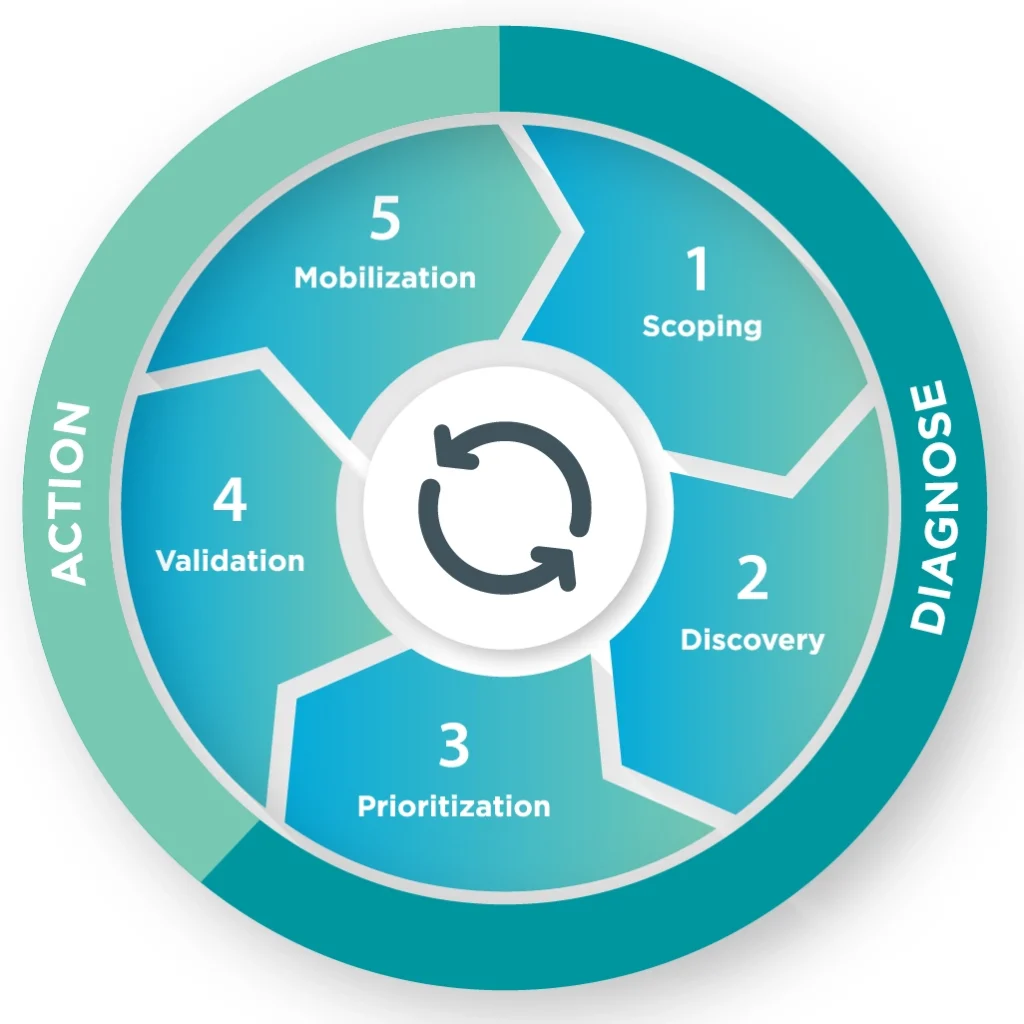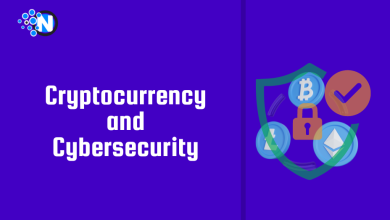How CTEM Enhances Fraud Prevention in Modern Cybersecurity

The Internet has completely changed the way people conduct business around the world. Although it has been very beneficial, it has also brought many risks and threats. Companies are now using different modern approaches to improve their cybersecurity infrastructure, and CTEM is one of them.
CTEM is a cybersecurity approach that allows people to identify and deal with any type of threat to a company’s digital environment. Many companies are utilizing it for fraud prevention in cybersecurity as well.
But how does it do it?
That’s what I’ll be exploring in this article. Here, I’ll overview of this approach in detail and help you understand how it improves fraud prevention in cybersecurity. Let’s start.
What is CTEM?
CTEM stands for Continuous Threat Exposure Management. It is a proactive cybersecurity approach that professionals use to identify, validate, and then immediately deal with a cyber threat. The special thing about this approach is its continuity.

In case of many financial organizations, cybercriminals exploit vulnerabilities in order to gain access to assets and financial data. This approach makes sure it doesn’t happen.
It does it by working continuously so that whenever a threat appears, professionals are fully ready to fix it. This quick approach helps make sure that the company’s data stays safe and threats are neutralized before causing any huge damage to the business.
CTEM is a very recent introduction to the cybersecurity world and has been adopted by many companies because of its efficiency. The specific reason why people use this approach depends on their needs and requirements. However, the main goal is to handle threats on time before they can make a lot of mess.
Why is CTEM beneficial?
CTEM is beneficial for several reasons. Some of the most important ones are given below:
- It provides a continuous visibility of the overall cybersecurity infrastructure of a company.
- It helps prioritize fixing threats that can cause huge damage.
- With this approach, companies can identify problems quickly and fix them on time.
- It’s a unique approach that can be helpful for fraud prevention.
- It allows companies to comply with the latest financial fraud prevention standards.
- The approach improves the ability of decision-making ability of professionals when it comes to handling confusing threats.
How Does CTEM Improve Fraud Prevention in Cybersecurity?
Frauds in cybersecurity are a rare occurrence. That is because cybersecurity is more about exposure management than financial crime detection.
Still, this rare occurrence needs to be handled properly so that companies don’t suffer a lot. To make it happen, CTEM improves fraud prevention in the following ways:
1. Monitoring Digital Assets:
One main factor where the risk of fraud lies is the digital assets of a company. They are usually very valuable, and criminals try to target them for their gain. To help prevent this, CTEM monitors digital assets continuously.
This approach is designed to help professionals keep an eye on all the digital assets of a company. Whenever anything strange happens in the system, professionals are able to identify it quickly. Quick identification means they get to deal with the threat right on time.
2. Real-Time Testing Of Weak Spots:
Every company has security flaws in one way or another. However, it doesn’t mean that all of these flaws are going to bring threats of fraud. Usually, the security factors/spots that are too weak bring these types of threats.
So, instead of reviewing the whole system, CTEM allows people to test weak spots in real-time. With this approach, they can understand how these spots can cause vulnerabilities in the financial or digital assets system. As a result, cybersecurity experts are able to handle threats that could come from weak spots easily.
3. Integration With Fraud Prevention Strategies:
Some companies have their own specific strategies for handling fraud. To bring more efficiency, a company can integrate CTEM with a fraud prevention strategy to make it more efficient.
This is a very useful combination where companies can continuously keep an eye on their strategies and make sure nothing wrong happens with the financial information and data.
4. Prioritizing High-Risk Issues:
Whenever a company is under threat, some assets are at a higher risk and some at a lower risk. Usually, companies prefer saving more valuable assets that are at a higher risk of cyber threats. CTEM helps with this identification.
The approach allows cybersecurity professionals to understand which assets are more important to the company. It also helps them understand which parts are under a higher risk and which are under a lower risk. As a result, they can prioritize high-risk issues easily and save more valuable assets for the company.
5. Compliance With Fraud Regulations:
Compliance with the security standards like PCI DSS has become a necessity for modern financial companies. Not only does it help with having the highest security standards, it also helps with building trust with clients.
CTEM allows companies to comply with such fraud prevention regulations properly. Businesses understand the requirements of these standards and then apply them within their cybersecurity approaches (including CTEM). As a result, they create a more secure digital environment where people’s financial data is completely safe and secure.
Final Words
CTEM is a modern approach that helps people continuously monitor cybersecurity approaches to identify and neutralize potential threats. Companies use this approach for multiple purposes, including fraud detection and prevention.
Financial businesses are always a target for cybercriminals. CTEM helps make sure that these businesses don’t have to suffer a lot because of these threats.




